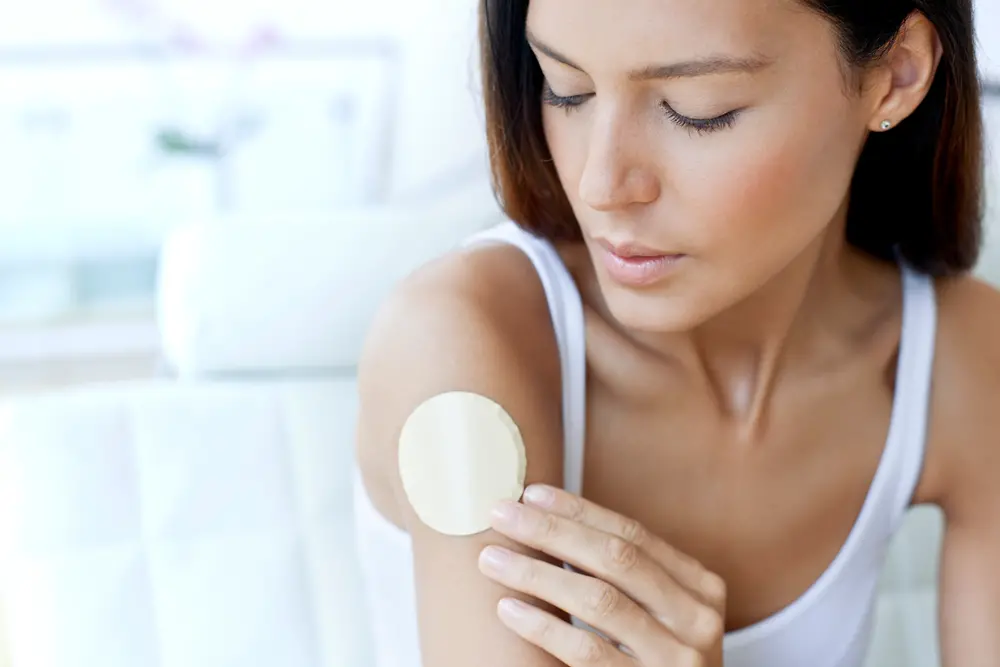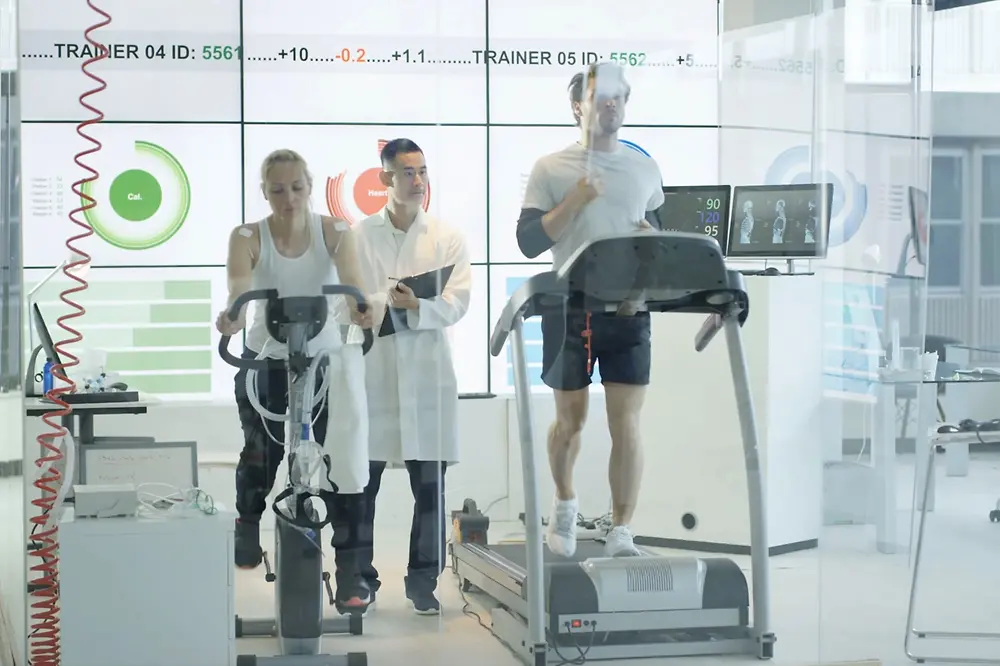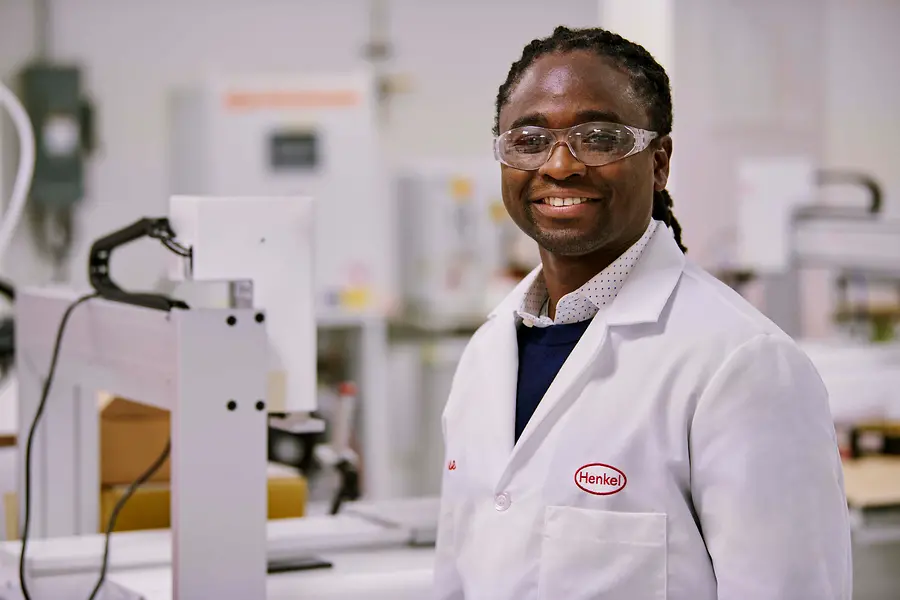Digital technologies and the transformation of medical devices into smart, connected, wearable devices are helping physicians and therapists improve patient care through remote health monitoring and treatment recommendations. Henkel's experts and chemists understand that medical applications, products, and devices are unique and require ideal material solutions. For example, the adhesives are found in many medical technologies or products, such as syringes, blood filters, catheters, microchips, or medical wearables. What makes Adhesive Technologies stand out compared to competitors worldwide is that it offers solutions for almost every step in the medical device manufacturing process – from product assembly to skin-compatibility, to 3D printed parts and electronics.
"Over the past few decades, manufacturers in the medical technology sector have continually faced new challenges in their assembly processes," says Thomas. The development of new and more effective ways to design and produce medical devices is evolving fast, he adds: "Products are becoming more complex in shape and smaller in size, while at the same time the demands for flexibility and functionality are increasing. But the ingredients also have to be dermatologically safe." Henkel's adhesive solutions fulfill many criteria to make these systems more reliable and safer.












